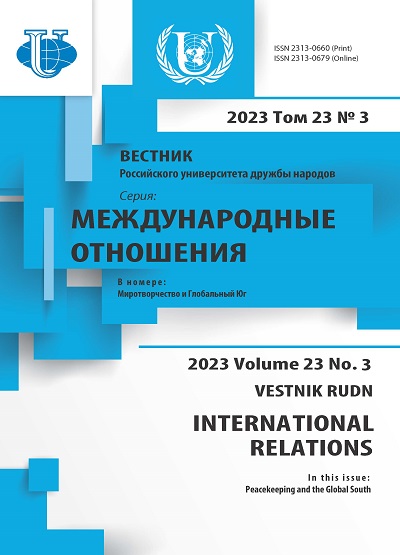Рецензия на книгу: Tudor M. Blue Helmet Bureaucrats: United Nations Peacekeeping and the Reinvention of Colonialism, 1945-1971. Cambridge : Cambridge University Press, 2023. 337 p.
- Авторы: Олувакайоде О.Э.1
-
Учреждения:
- Российский университет дружбы народов
- Выпуск: Том 23, № 3 (2023): Миротворчество и Глобальный Юг
- Страницы: 575-578
- Раздел: РЕЦЕНЗИИ
- URL: https://journals.rudn.ru/international-relations/article/view/36159
- DOI: https://doi.org/10.22363/2313-0660-2023-23-3-575-578
- EDN: https://elibrary.ru/DQELDF
Цитировать












